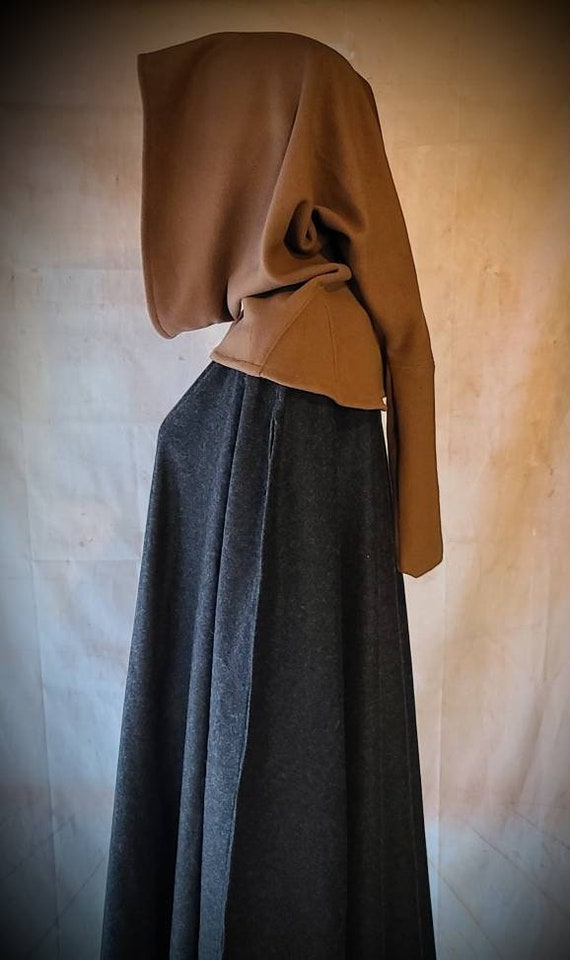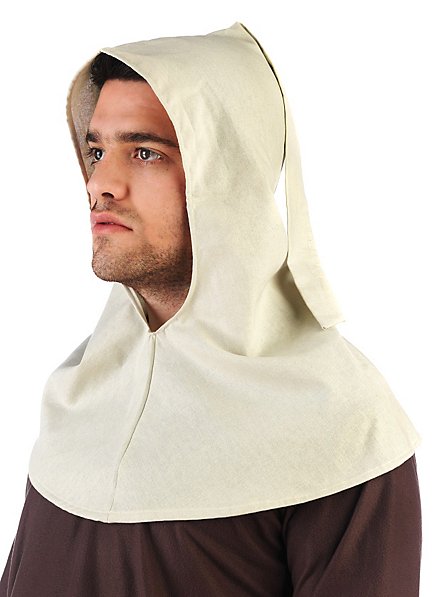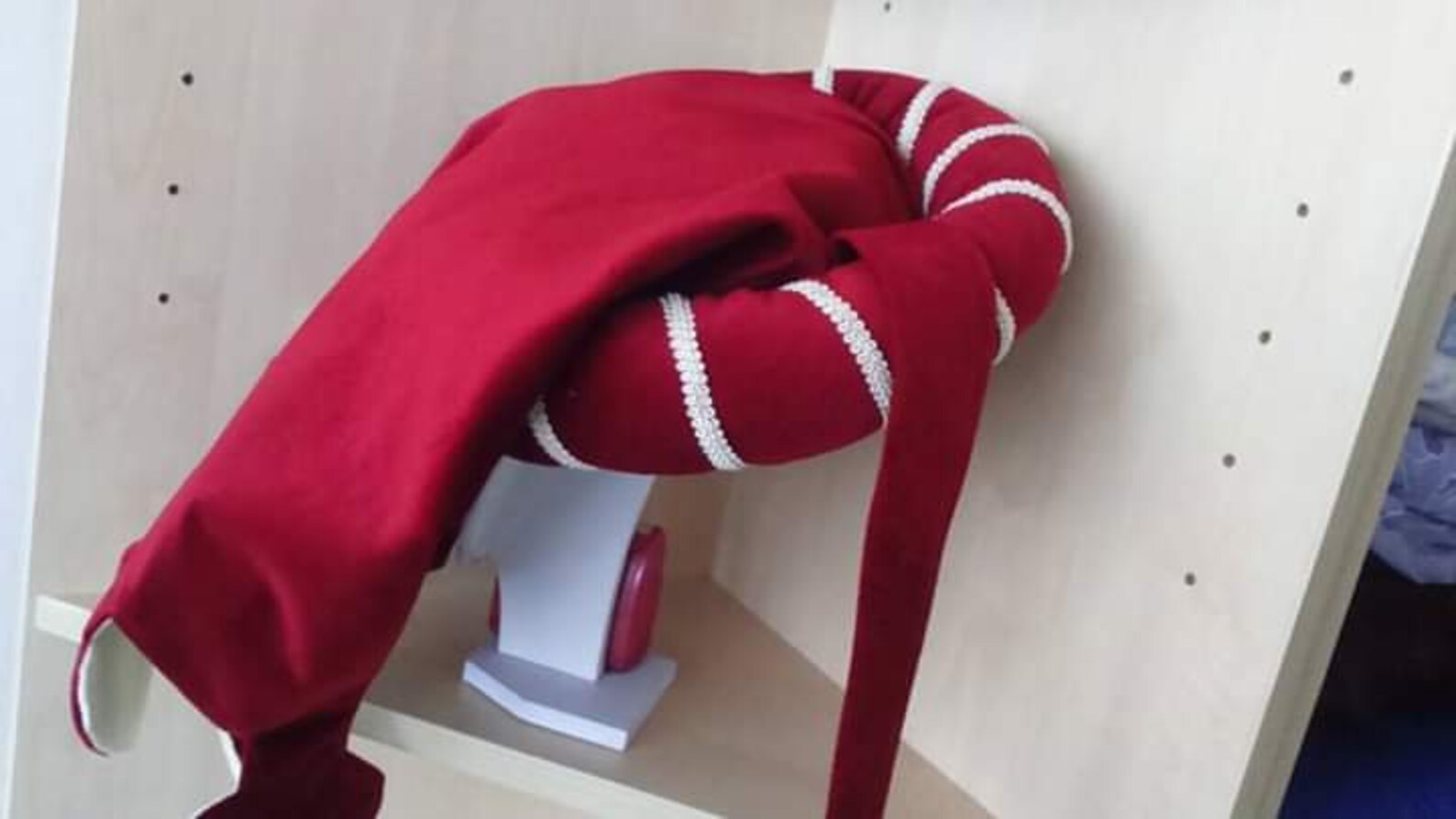

The Late Latin word apparently originally meant "a woman's head-covering," but the sense was transferred to "hood of a cloak," then to "cloak" itself, though the various senses co-existed. Possibly a shortened from capitulare "headdress," from Latin caput "head" (from PIE root *kaput- "head"). I’m sure I spotted some in Siena when hundreds of locals were preparing for their famous palio horse race by parading in medieval costume.Late Old English cæppe "hood, head-covering, cape," a general Germanic borrowing (compare Old Frisian and Middle Dutch kappe, Old High German chappa) from Late Latin cappa "a cape, hooded cloak" (source of Spanish capa, Old North French cape, French chape), a word of uncertain origin. Sometimes chaperons are used in ceremonial regalia at royal events or re-enactments. I love hats but a chaperon would be a step too far for me. They were worn as a sign of wealth and importance and were often made from large amounts of rich embroidered fabrics.

Think of the sort of elaborate headgear a courtier might wear in Tudor times. The original one in the early 1200s was a simple hood but over time extra layers and folds of fabric were added until a turban style head wrapping was achieved in the 1400s. The chaperon head covering, like the word’s meaning, changed significantly over time. I’m not an expert on such things but it’s easy to see parallels with Catholic mantillas (now rarely worn except at the Vatican) and the hijab headscarves sometimes worn by Muslim women. You really wouldn’t appear in public without a head-wrap, turban, bonnet, kerchief etc. Head coverings were an important part of showing a woman’s modesty in English and French society at that time. It was also used in Middle English as a hooded cloak so it looks like both languages had that evolution of the idea of a head/body covering protecting you, to a person who protects you. It had been used in that way since at least Old French in the 1100s when it was a diminutive form of chape (which is related to capes and caps). In French it had an earlier meaning (around 1400) of a hood or head covering. English borrowed the word from French where a chaperon was a protector, especially a female protector of a young woman. The word itself has older roots and is one the French gave us. Evolving social attitudes to male/female mixing, relationships, and morals have moved on from this restriction. This requirement is no longer an issue in contemporary western society, thank goodness. Clearly this rule didn’t apply to lower-class or working women who were too busy earning a crust, but a chaperon was vital for preserving the reputation and modesty of an upper-class lady, as without it she wouldn’t be able to marry well. This could be her mother, aunt, even her maid servant, and the definition dates back to the 1700s. What exactly is a chaperon? A chaperon is a woman who accompanies a younger, unmarried lady in public. under the supposition that it requires a fem. Don’t argue with me, I have it from the Oxford English Dictionary “English writers often erroneously spell it chaperone, app.

This week’s word is chaperon and, as I sometimes discover, one I’ve been misspelling for a considerable number of years.


 0 kommentar(er)
0 kommentar(er)
